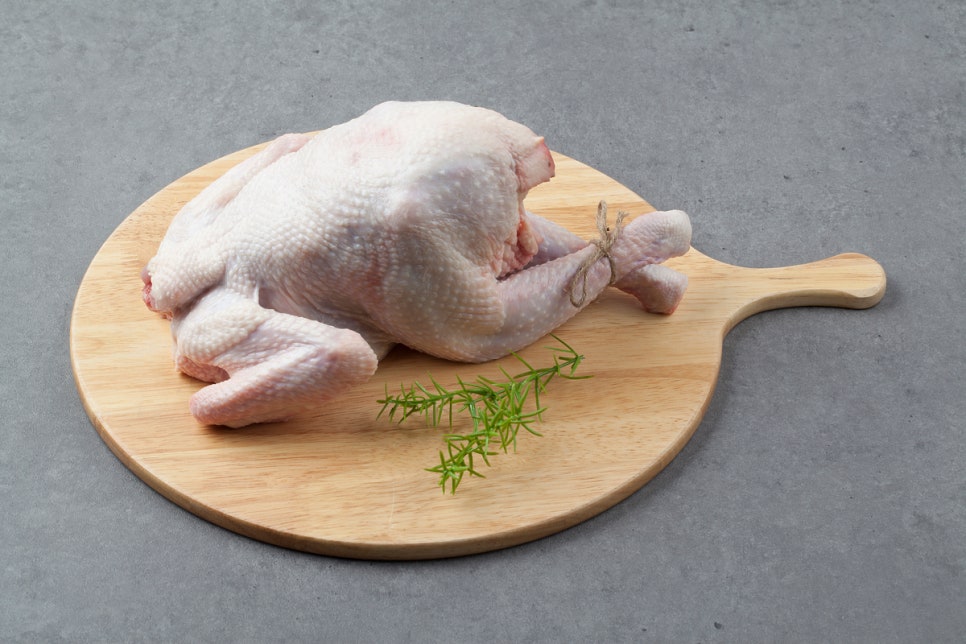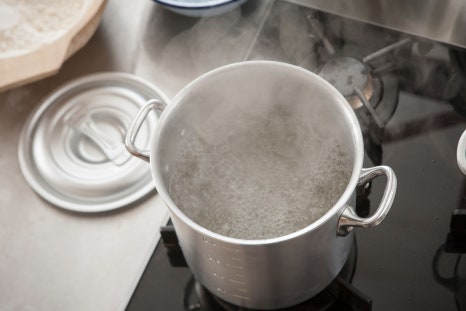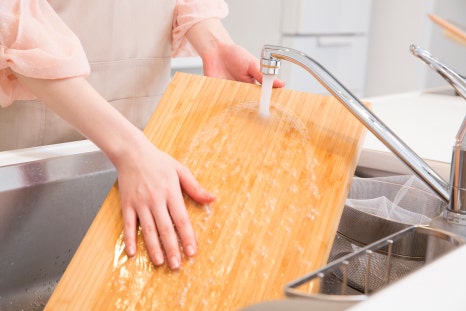Beware of Campylobacter food poisoning when cooking Samgyetang during the hottest days! How to wash and prepare raw chicken
The hottest season of the year, the dog days of summer, is approaching. Next Monday marks the beginning of the dog days. When it comes to the dog days, the first food that comes to mind is undoubtedly samgyetang, the representative nourishing dish of the season. Samgyetang eaten during the dog days is a high-calorie, high-protein food enjoyed to replenish the body's energy lost during the hot summer months.
By the way, do you know that you should be cautious about food poisoning when eating Samgyetang on Boknal? The Ministry of Food and Drug Safety has warned about the increased risk of Campylobacter food poisoning due to the rise in consumption of chicken and duck meat during Boknal. Make sure to follow proper methods for washing and cooking fresh chicken to enjoy the first Boknal Samgyetang safely and healthily!
What is Campylobacter food poisoning?
Campylobacter food poisoning is caused by the bacteria 'Campylobacter jejuni,' which is commonly found in poultry such as chicken and duck, in the internal organs of wild birds, rodents like mice and rabbits, and livestock such as cattle, pigs, dogs, and cats.
The main food source of Campylobacter food poisoning is meat, such as chicken. Campylobacter bacteria are easily transferred to meat during slaughter, and infections mainly occur when chicken is not fully cooked or when water used to wash chicken and other poultry splashes onto other ingredients, leading to cross-contamination.
In our country, the incidence of Campylobacter food poisoning surges during the summer when the demand for chicken increases. In particular, 41% of cases occur in July, when the first day of the hottest period begins.
Campylobacter food poisoning symptoms
The incubation period for Campylobacter bacteria is about 2 to 5 days (up to 10 days), which is longer compared to other food poisoning. When infected with this bacteria, symptoms such as high fever, convulsions, abdominal pain, headache, and diarrhea appear. Along with these, symptoms like nausea, vomiting, and dehydration may also occur. The bacteria that invade the body cause inflammation inside the body and destroy the cells on the surface of the intestines. In children, it can sometimes cause bloody stools.
Campylobacter food poisoning treatment and prevention
Death from Campylobacter food poisoning is rare, and recovery usually occurs within 1 to 2 weeks. When affected by food poisoning, treatment involves spraying cold water or cooling the surrounding environment to prevent fever, and replenishing water and electrolytes. Sometimes, antibiotics are prescribed for treatment.
To prevent Campylobacter food poisoning, it is necessary to follow the same preventive measures as general food poisoning, such as hand washing and cooking food thoroughly. Before preparing food, hands should be washed thoroughly with soap or hand sanitizer under running water for at least 30 seconds.
Proper method for washing and preparing fresh chicken when cooking Samgyetang
How can you prevent food poisoning when making Samgyetang, a traditional summer health food? First, when purchasing raw chicken, buy it last during your shopping, and it is best to keep it cold by using an icebox or ice pack during transportation home.
Campylobacter bacteria proliferate actively at 42°C. Since Salmonella bacteria that cause food poisoning also increase when raw chicken is left at room temperature, purchased raw chicken should be immediately placed in an airtight container and stored in the refrigerator to prevent the loss of blood.
Fresh chicken may require different washing methods depending on the packaging. Hygienically certified fresh chicken (in packaged form) should be boiled in boiling water first for initial cooking before proceeding with further preparation, as this is more hygienic. (However, tools that come into contact with raw chicken must be washed and disinfected after use!)
It is better to wash raw chicken that is not packaged for sale before cooking. Be careful to prevent cross-contamination from water splashing when washing the chicken. When making ginseng chicken soup, prepare grains and vegetables first, and wash the raw chicken last.
Always wash your hands thoroughly with soap after handling raw chicken before touching other ingredients. Knives and cutting boards used during cooking should also be cleaned or disinfected thoroughly before use. During cooking, it is important to ensure that the internal temperature reaches at least 75°C and is cooked completely for at least one minute by heating thoroughly.


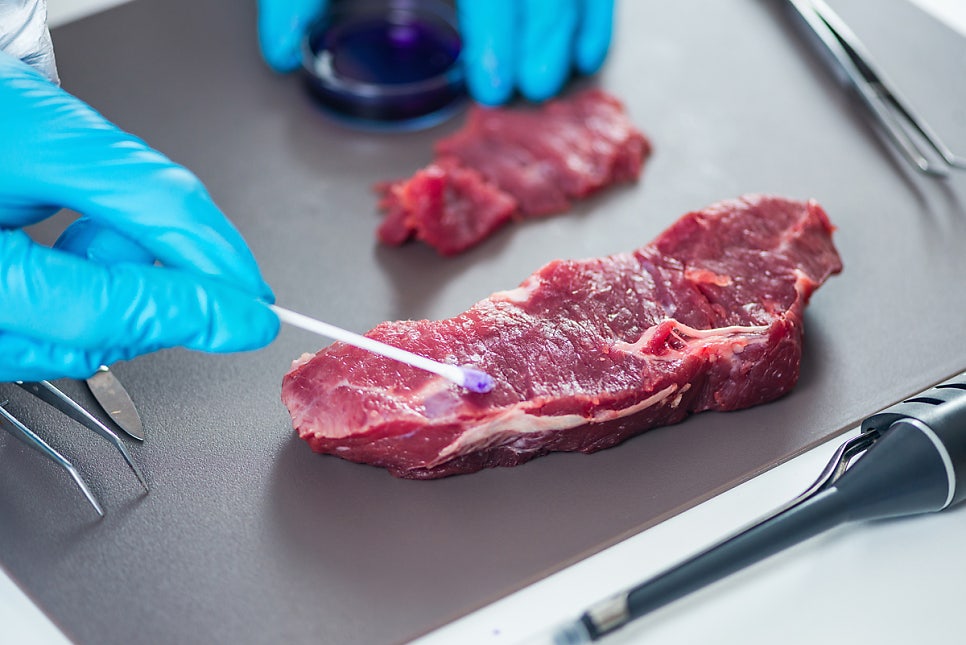

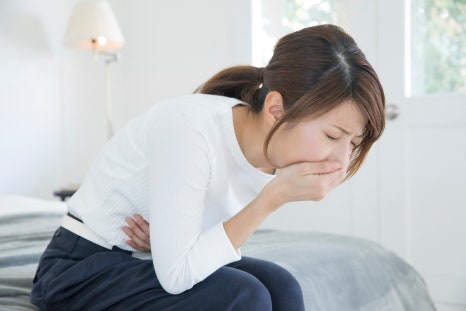

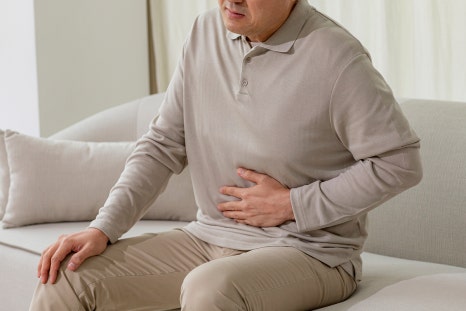
.jpg?type=w966)

